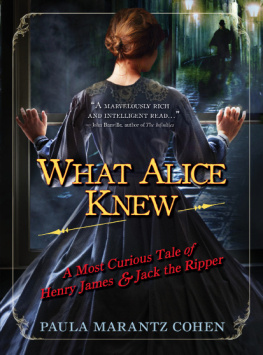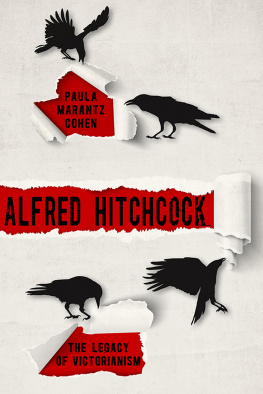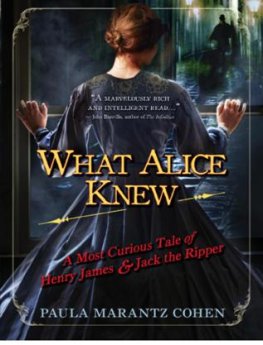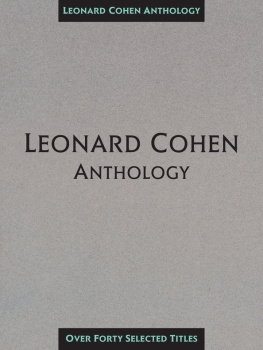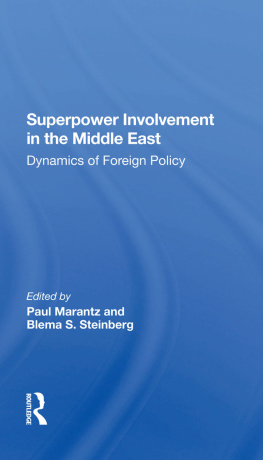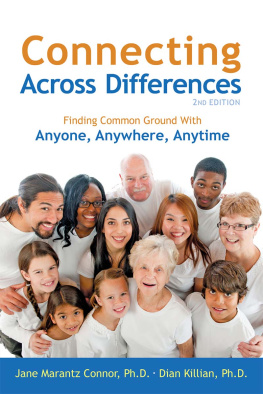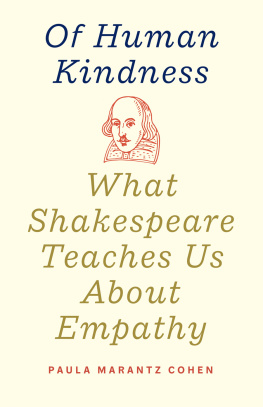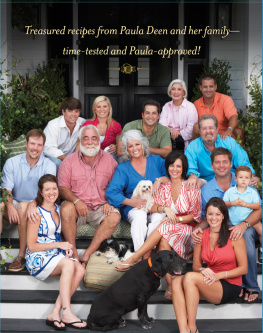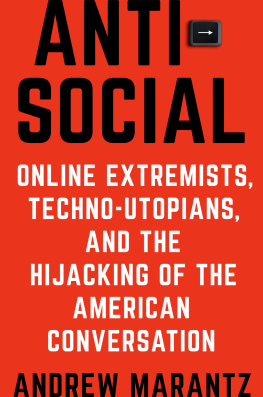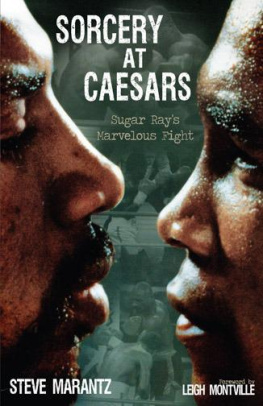Paula Marantz Cohen - Talking Cure
Here you can read online Paula Marantz Cohen - Talking Cure full text of the book (entire story) in english for free. Download pdf and epub, get meaning, cover and reviews about this ebook. year: 2022, publisher: Princeton University Press, genre: Home and family. Description of the work, (preface) as well as reviews are available. Best literature library LitArk.com created for fans of good reading and offers a wide selection of genres:
Romance novel
Science fiction
Adventure
Detective
Science
History
Home and family
Prose
Art
Politics
Computer
Non-fiction
Religion
Business
Children
Humor
Choose a favorite category and find really read worthwhile books. Enjoy immersion in the world of imagination, feel the emotions of the characters or learn something new for yourself, make an fascinating discovery.

- Book:Talking Cure
- Author:
- Publisher:Princeton University Press
- Genre:
- Year:2022
- Rating:4 / 5
- Favourites:Add to favourites
- Your mark:
- 80
- 1
- 2
- 3
- 4
- 5
Talking Cure: summary, description and annotation
We offer to read an annotation, description, summary or preface (depends on what the author of the book "Talking Cure" wrote himself). If you haven't found the necessary information about the book — write in the comments, we will try to find it.
Talking Cure — read online for free the complete book (whole text) full work
Below is the text of the book, divided by pages. System saving the place of the last page read, allows you to conveniently read the book "Talking Cure" online for free, without having to search again every time where you left off. Put a bookmark, and you can go to the page where you finished reading at any time.
Font size:
Interval:
Bookmark:
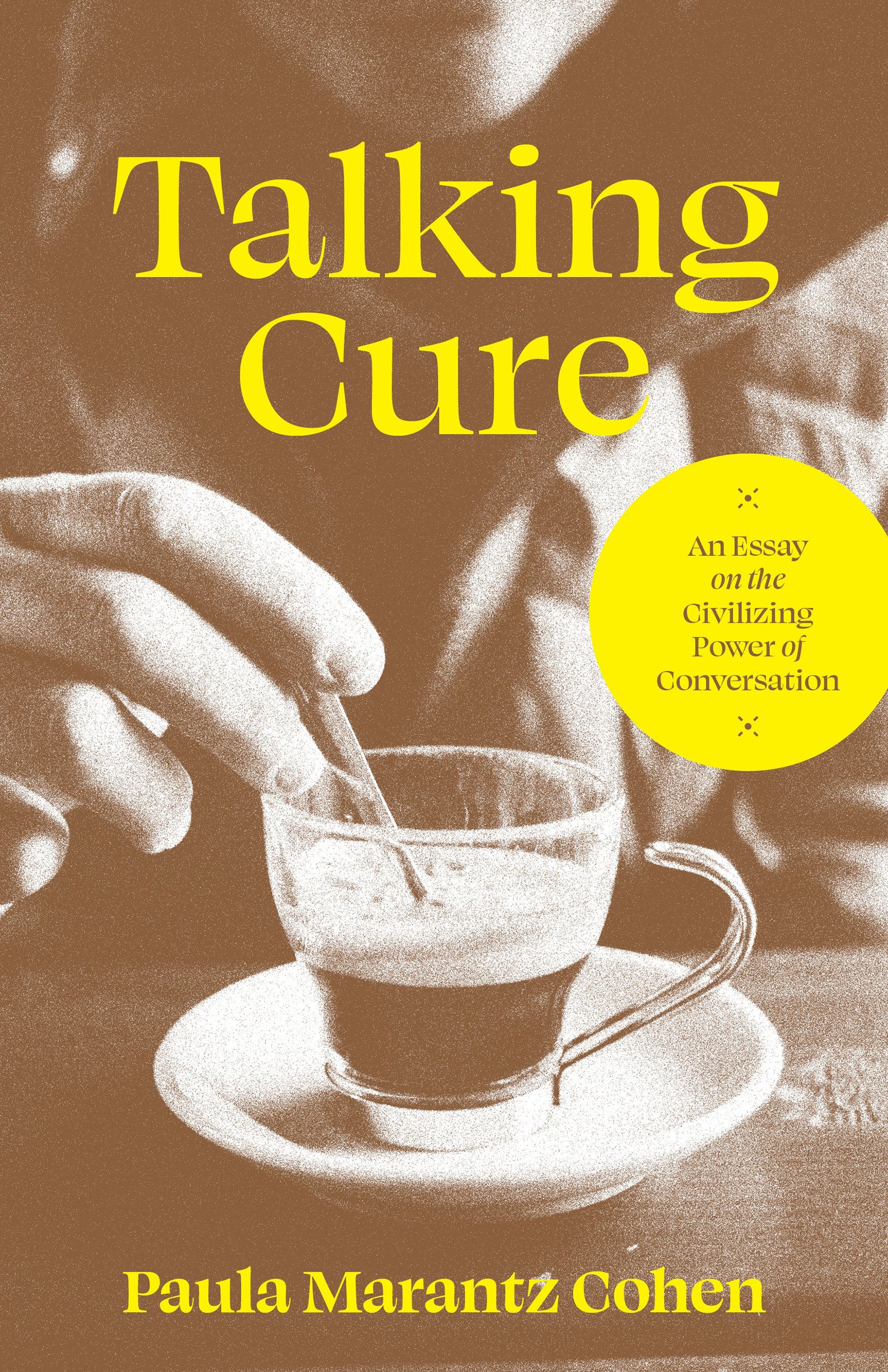
Talking Cure
Talking Cure
AN ESSAY ON THE CIVILIZING POWER OF CONVERSATION
Paula Marantz Cohen
PRINCETON UNIVERSITY PRESS
PRINCETON & OXFORD
Copyright 2023 by Paula Marantz Cohen
Princeton University Press is committed to the protection of copyright and the intellectual property our authors entrust to us. Copyright promotes the progress and integrity of knowledge. Thank you for supporting free speech and the global exchange of ideas by purchasing an authorized edition of this book. If you wish to reproduce or distribute any part of it in any form, please obtain permission.
Requests for permission to reproduce material from this work should be sent to permissions@press.princeton.edu
Published by Princeton University Press
41 William Street, Princeton, New Jersey 08540
99 Banbury Road, Oxford OX2 6JX
press.princeton.edu
All Rights Reserved
ISBN 978-0-691-23850-0
eISBN 9780691238517
Version 1.0
Library of Congress Control Number: 2022946324
British Library Cataloging-in-Publication Data is available
Editorial: Peter Dougherty and Alena Chekanov
Production Editorial: Karen Carter
Text Design: Karl Spurzem
Jacket/Cover Design: Lauren Smith
Production: Erin Suydam
Publicity: Kathryn Stevens and Maria Whelan
Copyeditor: Joseph Dahm
Jacket/Cover Credit: In a coffee shop Giada Canu / Stocksy
For my sister, Rosetta
- ix
My mother used to tell me that as a baby I cried continuously when left alone in my crib but became smiley and happy whenever people were around. It seemed that, almost from birth, company uplifted and enlivened me, a trend that continues to this day. When I am alone or without interaction, I tend to fall into despondency that lifts as soon as I engage with someone else.
I find myself often plagued with insomnia, perhaps a return to the bereftness of infancy. One of the pastimes I indulge in when I cant fall asleep is to imagine a dinner party with people from history whom I admire and with whom I imagine I would enjoy conversing. Some individuals that crop up in this daydream: Michel de Montaigne; Samuel Johnson; George Eliot; Frederick Douglass; Henry, William, and Alice James; Virginia Woolf and Vanessa Bell; Sigmund Freud; Sinclair Lewis; Mary Pickford and Douglas Fairbanks; Gregory Bateson; Jean-Paul Sartre and Simone de Beauvoir; James Baldwin; Lionel and Diana Trilling; Alfred Hitchcock; and Christopher Hitchens.
This is a largely white and fairly male-heavy group, reflecting my coming of age in the seventies in Western culture. I wont apologize for that since I did not choose when I was born. Moreover, these figures have been a source of inspiration and enlightenment to me and have led me beyond themselves to see the gaps and biases inherent in the traditions they represent. I have taken pleasure in their work, and I believe they would be interesting, profound, or very clever in conversation (Hitchens is the only one whom I actually met, about a year before his death, and he was delightful!). In the case of the couples listed (Doug and Mary; Simone and Jean-Paul; the Trillings), I would be content to listen to them talk for insight into their known-to-be-fraught relationships. In the case of the siblings (Henry, William, and Alice; Virginia and Vanessa), to observe their probably fascinating but dysfunctional family dynamics.
I realize that some of these people could be disappointing in the flesh. There is often a great disparity between peoples representation of themselves in controlled settings and their presence without a script. I was once deeply disappointed watching a television interview with that most deft of on-screen personas, Fred Astairehe was excruciatingly ill at ease and shy. Even when people are supposed to be good conversationalists, the expectation that they be so can be inhibiting. Ive known people reduced to doltishness after being told that they had a reputation for wit.
Conversation under the wrong circumstances can also devolve quickly and become boringor nasty. Sartre wrote a play about this titled No Exit in which, as one of the characters put it, hell is other people. But, then, the opposite can be true as well. When the setting is right and the companions sympatico, heaven is other people. Which I imagine would be the case at my hypothetical dinner party.
Rest assured that I would not invite these figures all together. One of the mistakes people make (and Ive made) when they throw dinner parties is that they have too many guests. A cocktail party is one thing; it is meant to feature insubstantial fare, both intellectual and culinary (chitchat and hors doeuvresand plentiful drink to provide an illusion of more ample engagement). But a dinner happens around a table and should involve sustained and substantive talk involving the group as a whole. One cant exceed ten for this kind of thing, and, even then, the possibility of true, communal intercourse is unlikely. Eight or, better, six is advisable. (Six is about the right size for dinner conversation, agreed W. H. Auden in his poetry collection, About the House.) The larger a dinner gets, the greater the risk of one or two blowhards dominating the event or of having the group splinter into nattering twosomes. It is the job of the host, like that of the teacher in a seminar, to prevent this from occurring. But when the numbers become too great, even the most skillful host can lose her grip.
In the case of the above list, it is fun for me to imagine how they might be grouped for the most effective conversation. Alice James and Frederick Douglassyes! Simone de Beauvoir and Alfred Hitchcock?possibly. Sigmund Freud and Dr. Johnson?no!but throw in George Eliot, and it might work. It is interesting to think how people can combine, like ingredients in recipes, heightening or diluting each other, or producing some felicitous new combination.
The rendering of dinner-table talk is a genre of sorts going back to Platos Symposium. Lucians Dialogues of the Courtesans and Dialogues of the Dead presumably took their cue from Plato but were satirical rather than philosophical. Table Talk miscellanies were popular in the nineteenth century, with Samuel Taylor Coleridges contribution being the most noteworthy. The volume covered such topics as Reason and Understanding, Jews, Greek and Latin Pentameter, Characterlessness of Women, and Times of Charles I. One can practically hear Coleridges exhaustively erudite chatter as one peruses this book. In the 1920s, Vanity Fair magazine created a series of Impossible Interviews, which featured imagined conversations between the likes of Will Rogers and Noel Coward, John D. Rockefeller Sr. and Joseph Stalin, and Greta Garbo and Calvin Coolidge. Alexander Woollcott, a member of the Algonquin Circle, turned this idea into a literal exercise, bringing unlikely people together in what he dubbed Strange Bedfellows (one incongruous pair that got along surprisingly well was Harpo Marx and George Bernard Shaw!). More recently, Craig Brown, the English satirist, described a daisy chain of eccentric real-life encounters in Hello Goodbye Hello: A Circle of 101 Remarkable Meetings. In some casesMark Twain and Helen Kellerthe rapport is immediate; in othersGroucho Marx and T. S. Eliotthe personalities rub each other the wrong way just as quickly.
My own experience suggests that, whatever one may think in advance, one never can tell how people will get along. Some of my acquaintances who seem bound to like each other, dont; and some who seem incompatible, do. I know a number of people whom I should not logically like conversing with whom I nonetheless find invigorating, and several who seem perfect on paper whom I avoid like the plague. Human personality is an odd and delicate mechanism, and our predilections and aversions can be tipped in one direction or the other by elements as fine as a butterflys wing.
Font size:
Interval:
Bookmark:
Similar books «Talking Cure»
Look at similar books to Talking Cure. We have selected literature similar in name and meaning in the hope of providing readers with more options to find new, interesting, not yet read works.
Discussion, reviews of the book Talking Cure and just readers' own opinions. Leave your comments, write what you think about the work, its meaning or the main characters. Specify what exactly you liked and what you didn't like, and why you think so.

